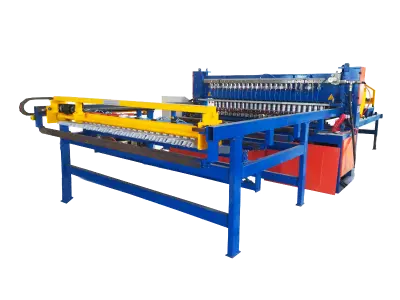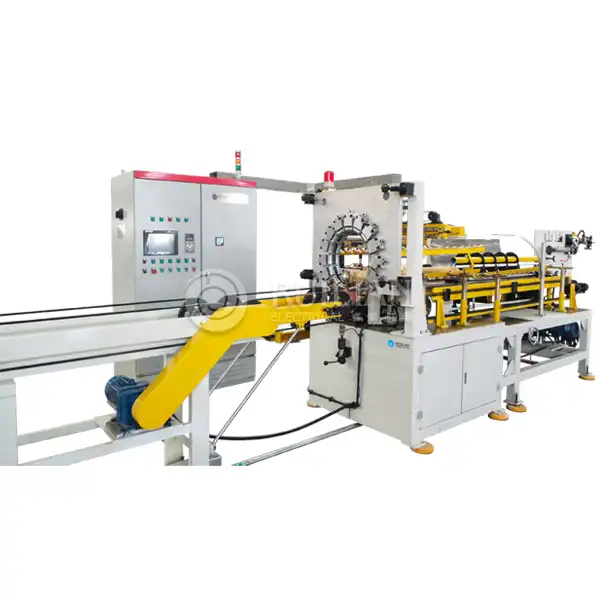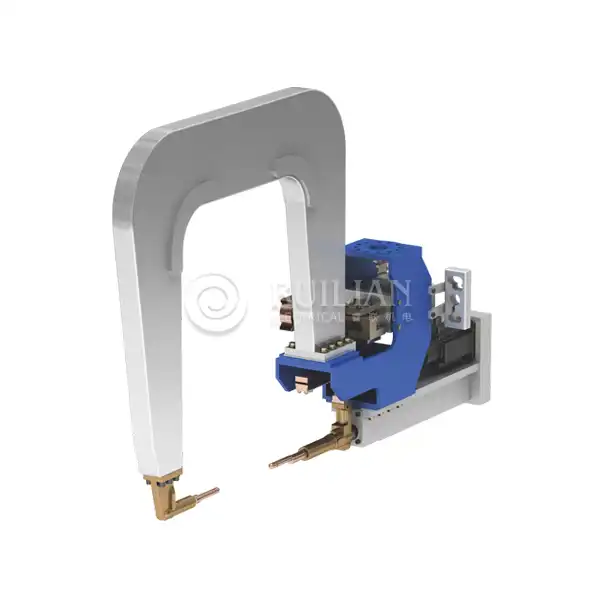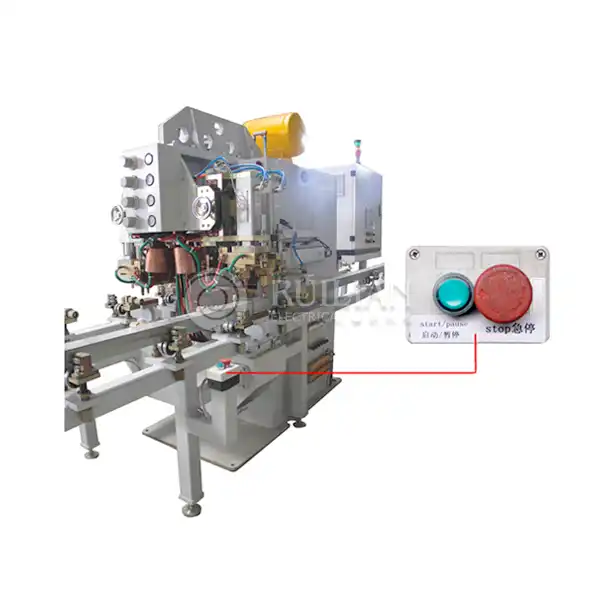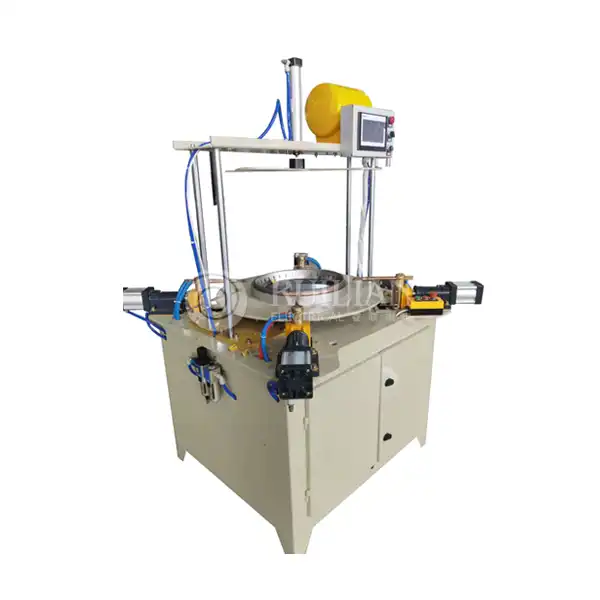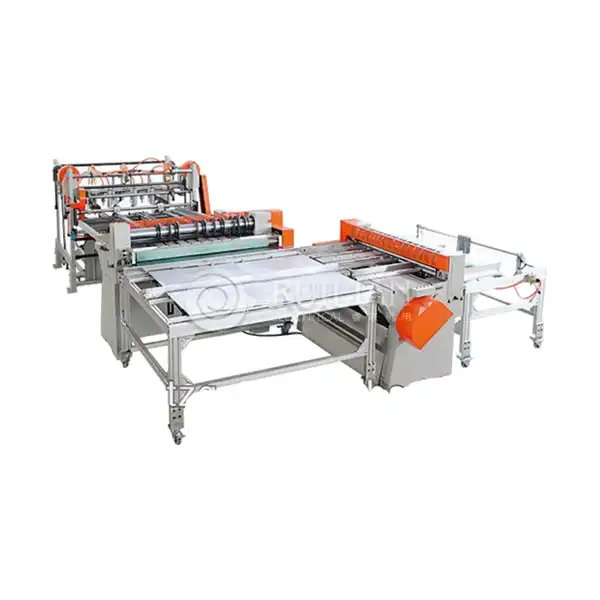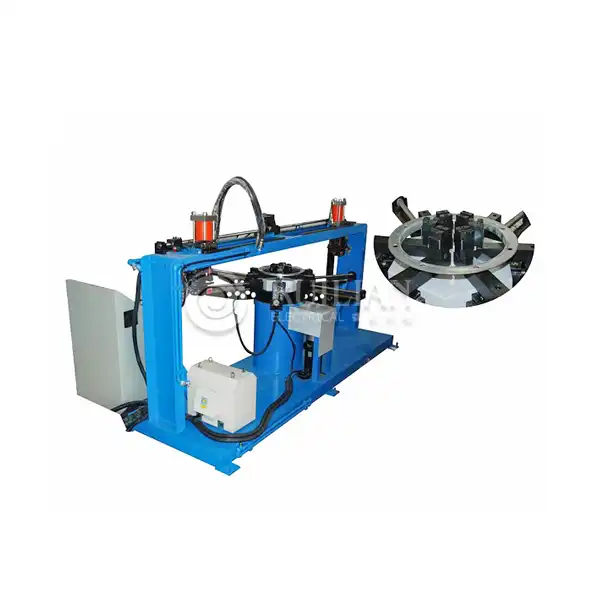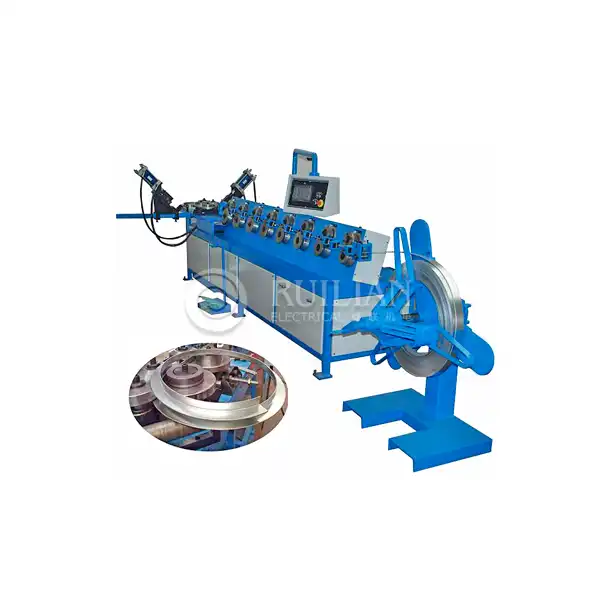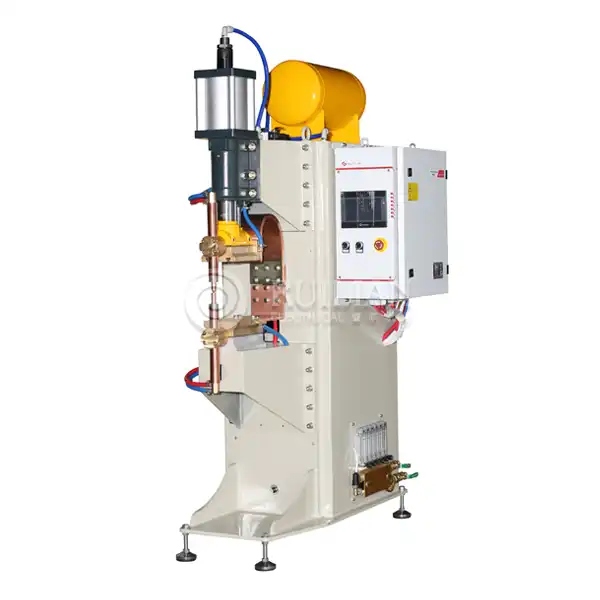The Versatility of Multi Spot Spot Welders in Material Joining
Multi spot spot welders have emerged as a game-changer in the welding industry, offering unparalleled flexibility in joining various materials. These sophisticated machines utilize multiple welding spots simultaneously, allowing for rapid and precise welding of complex assemblies. The technology behind multi spot spot welders has evolved significantly, enabling them to handle an impressive array of materials with remarkable efficiency.
One of the primary advantages of multi spot spot welders is their ability to join dissimilar materials. This capability has opened up new possibilities in product design and manufacturing, allowing engineers to create innovative structures that combine the strengths of different materials. For instance, in the automotive industry, multi spot spot welders are instrumental in joining lightweight aluminum components to high-strength steel, resulting in vehicles that are both fuel-efficient and structurally robust.
The effectiveness of multi spot spot welders in joining materials stems from their ability to control heat input precisely. By distributing the welding current across multiple spots, these machines can minimize heat-affected zones and reduce the risk of material distortion. This level of control is particularly beneficial when working with heat-sensitive materials or thin sheets that are prone to warping.
Metals and Alloys: The Primary Domain of Multi Spot Spot Welders
When it comes to metals and alloys, multi spot spot welders truly shine. These machines excel at joining a wide range of ferrous and non-ferrous materials, making them indispensable in various manufacturing processes. Let's explore some of the key metals and alloys that can be effectively welded using this technology:
Steel: As one of the most ubiquitous materials in manufacturing, steel is a natural fit for multi spot spot welding. From low-carbon steels to high-strength alloys, these welders can handle various grades with ease. The ability to control heat input precisely makes them particularly suitable for welding thin steel sheets without causing distortion or burn-through.
Stainless Steel: Multi spot spot welders are highly effective in joining stainless steel components, a material prized for its corrosion resistance and aesthetic appeal. The precise control over welding parameters ensures that the protective chromium oxide layer on stainless steel remains intact, preserving its corrosion-resistant properties.
Aluminum: Despite its reputation for being challenging to weld, aluminum and its alloys can be effectively joined using multi spot spot welders. The rapid heating and cooling cycles characteristic of spot welding are well-suited to aluminum's high thermal conductivity, allowing for strong, reliable joints without excessive heat input.
Copper and Brass: These highly conductive materials can be welded efficiently using multi spot spot welders. The ability to deliver high current in short bursts allows for effective joining without overheating the surrounding material, which is crucial when working with these heat-sensitive metals.
Nickel Alloys: Multi spot spot welders can handle various nickel-based alloys, prized for their high-temperature strength and corrosion resistance. The precise control over welding parameters ensures that the unique properties of these alloys are maintained throughout the welding process.
Titanium: While challenging to weld using conventional methods, titanium and its alloys can be joined effectively using multi spot spot welders. The ability to control the welding atmosphere and minimize heat input makes this technology suitable for working with this reactive metal.
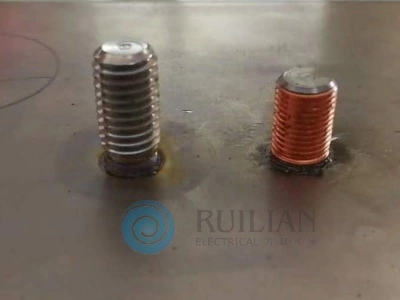
Advanced Materials: Pushing the Boundaries of Multi Spot Spot Welding
As manufacturing technologies advance, multi spot spot welders are increasingly being used to join more exotic and advanced materials. This expansion of capabilities is driven by the need for lightweight, high-performance components in industries such as aerospace and automotive manufacturing. Let's examine some of the cutting-edge materials that can be welded using this technology:
Advanced High-Strength Steels (AHSS): These novel steel grades, designed for exceptional strength-to-weight ratios, can be effectively joined using multi spot spot welders. The precise control over heat input is crucial when working with AHSS, as it helps maintain the carefully engineered microstructure of these materials.
Carbon Fiber Reinforced Polymers (CFRP): While not traditionally associated with welding, certain types of CFRP can be joined using specialized multi spot spot welders. This capability is particularly valuable in the automotive and aerospace industries, where the combination of metal and composite structures is becoming increasingly common.
Metallic Glass: These amorphous metal alloys, known for their unique combination of strength and elasticity, can be welded using advanced multi spot spot welders. The rapid heating and cooling cycles characteristic of spot welding are well-suited to maintaining the amorphous structure of these materials.
Shape Memory Alloys: Materials such as Nitinol, which exhibit shape memory and superelastic properties, can be joined using multi spot spot welders. The precise control over heat input is crucial when working with these materials to maintain their unique properties.
Nanostructured Materials: As nanotechnology continues to advance, multi spot spot welders are being adapted to join materials with engineered nanostructures. The ability to control welding parameters at a microscopic level makes this technology suitable for working with these advanced materials.
In conclusion, the versatility of multi spot spot welders in joining a wide range of materials has made them an indispensable tool in modern manufacturing. From traditional metals and alloys to cutting-edge advanced materials, these machines continue to push the boundaries of what's possible in material joining. As technology evolves, we can expect multi spot spot welders to play an increasingly crucial role in shaping the future of manufacturing across various industries.
At RUILIAN, we're committed to staying at the forefront of welding technology, offering state-of-the-art multi spot spot welders and comprehensive application solutions. Whether you're working with conventional metals or exploring the possibilities of advanced materials, our team of experts is here to help you find the perfect welding solution for your needs. To learn more about our products and services, please don't hesitate to contact us at ry@china-ruilian.cn or visit our website at www.rlseamwelding.com.


